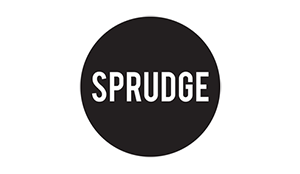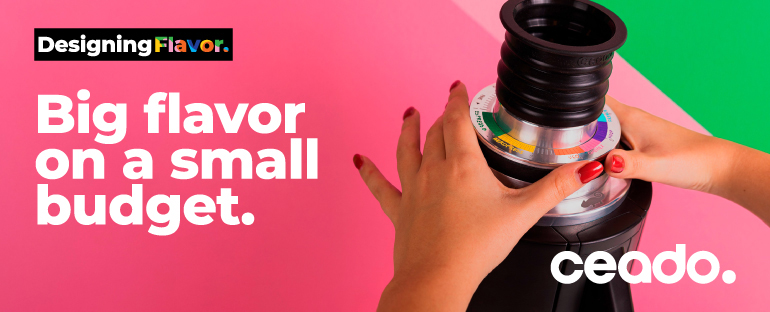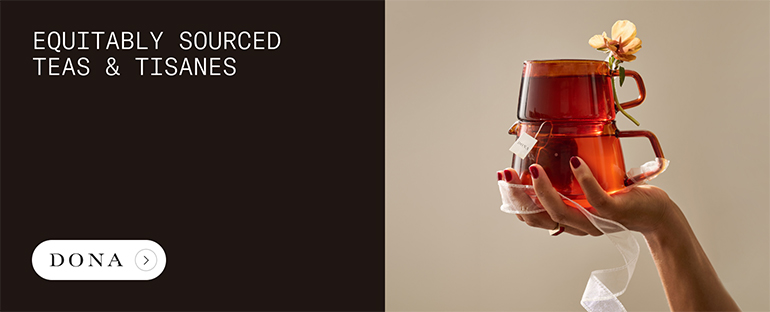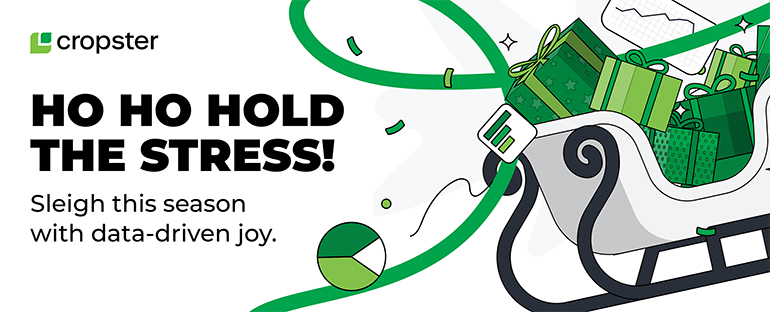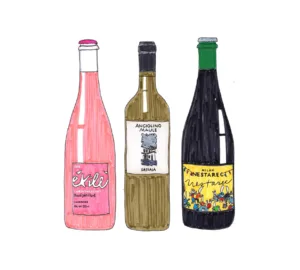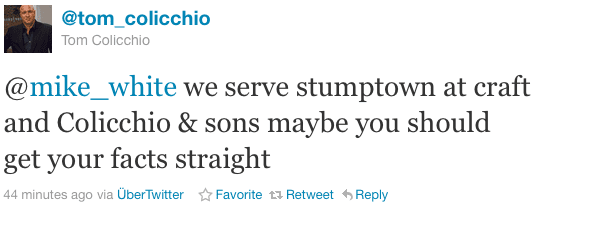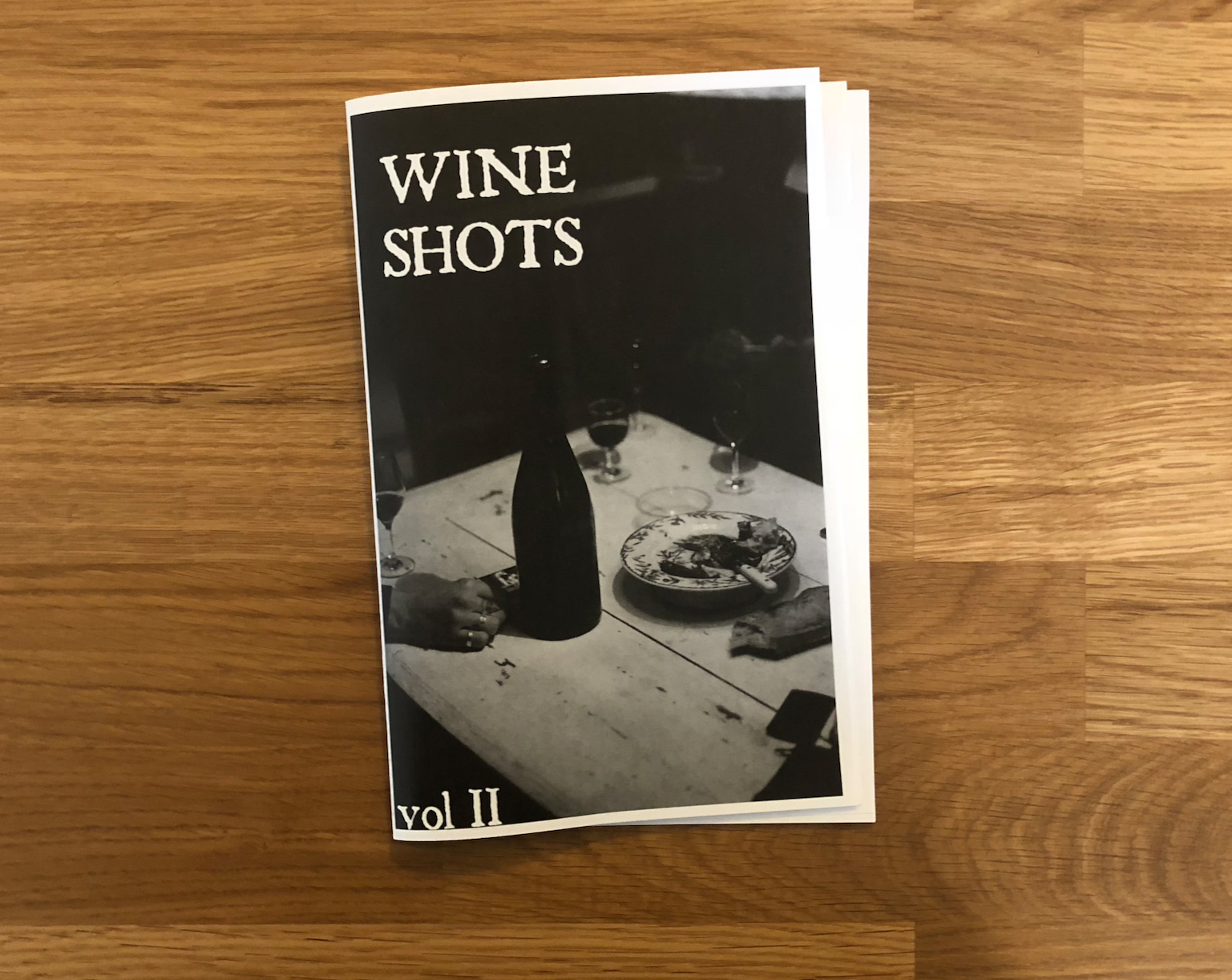
One can argue—and I intend to—that we’re in something of a golden moment right now for international wine culture. Doubt me if you want, and I won’t pretend to argue that wine right now is somehow better or more compelling than it has been at any other point in the last, oh, 8,000 years, give or take. But I think there’s something happening here in America and in different ways around the world along generational lines, a kind of Great Wine Awakening, in which smart, invested young (or at least young-ish) people are looking at wine not as an old, rich, inaccessible game, but instead as something with enormous potential for cross-cultural pollination, pulling in more and different kinds of wine drinkers every single day.
Same as it ever was, if you want proof something big is happening, look to the press. This golden moment’s promise is outlined by the boom of wine writing currently under way, in venues large and small, from the pages of Bon Appetit to the glorious, full-colour (with an English “u”) quarterly exploits of Noble Rot to the humblest of punky West Coast hand-drawn zines. We’ve featured a few of these works over the first year on Sprudge Wine, and will be diving deeper into their pages in the coming weeks and months, starting with today’s feature on what has become an avowed staff favorite here at Sprudge Studios, the publication Wine Shots, out of Oakland.
Wine Shots is a zine. Not in any ironic sense, or with nostalgic intentionality, but rather genuinely a zine, in the Cometbus/Jigsaw/Factsheet Five tradition. It is published in black and white, save for a full color centerfield. It is clearly put together by hand. Its authors write under pseudonyms. The ideas contained in Wine Shots are at times controversial and polemic. It’s funny, and contains elaborate disguised parodies that require second and third readings. Many of the ideas in Wine Shots stand diametrically opposed to some of the other writing and writers we’ve featured here on Sprudge. Not all of the new wine writers agree with each other, nor should they.
To learn more, I scored an interview with Wine Shots creator, editor, and contributor Kara Kellam Fowler, who is also part of the small staff at Ordinaire, the influential Oakland natural wine shop and bar. Issue 2 of Wine Shots is available for online order now, and volume three drops at the end of June 2018.
https://www.instagram.com/p/BgcK_hijxn3/?taken-by=y2kara
Though unfined and unfiltered, is interview has been lightly edited and condensed for clarity.
Hello Kara, and thanks for speaking with Sprudge Wine. By way of introduction, have you always been into zines? Is Wine Shots the first zine you’ve made or have you worked with the form before? What are some of your favorites?
Kara Fowler: The zine form is practical—inexpensive to make, easy to distribute. It’s also tactile. I don’t need to belabor the fact that we all spend too much time staring at screens. The idea is to create something that people can hold in their hands, flip through, bend, spill wine on.
I majored in creative writing at an art school in Brooklyn, so most of my professors were writers who came of age in the late 90s and early 00s in the New York alternative scene, making zines and poetry chapbooks. The default end-of-term project was often to make some sort of zine.
My favorite zine is called YEAH, from the 60s in New York, edited by Tuli Kupferberg. It’s a “satyric excursion published at will,” addressing subjects like war and race relations. Releasing a zine is a way to convey a message in a genuine way, without having to work within the parameters of any establishment.
Where did you write the “Poudre d’Escampette” manifesto (excerpted below)? Did it come first, or last, or somewhere in the middle of composing the zine?
Q. doesn’t wear sunglasses because he likes to actually see. We wear wool, cotton, leather, hemp. Play a record so many times that you know when it will warp, and the warp becomes a part of the song. L.S. uses “anchovar” as verb. “If you eat, you’re gonna drink. If you drink, you’re gonna eat.” A place for fish, a place for meat, a place for bread, for bagels, for coffee. L. trading good bread from goat milk in Pinell. Water from the town fountains. A. cooks with the drinking wine. There’s a mold of my feet at the cobbler. Pay cash. To spend the winter peeling mandarins, eroticizing the first bite of a tomato– the seed-laced juice spurting out of taut skin, tart fruit, the piney cilia-coated stem, lost in the grooves of an heirloom. And again craving beads of citrus popping like fish eggs in the dead of August. Eating with silver, sitting on wood. D. cooked a whole catering shift wearing his girlfriend’s Mexican dress because it was the most comfortable thing in sight at waking. Grinding coffee beans by hand, for focus and biceps. Dad took me to the refrigerated fish market every week, there were quilted jackets on hooks, separated by size, little me drowning in a small, then after time it fitting properly, for years getting the best from Sara behind the counter, and her always giving me slivers of lox on pieces of wax paper. The CSA box, the farmer’s market. T. bought a live octopus and it escaped from the bag, slithered around the car, he caught it, having to grasp it while driving. The ballet, the opera, the symphony. Calling a yellow cab. L.S. calls it fructose instead of residual sugar. Fell in love when C. walked to a store just for the good ricotta. Go long enough without makeup and even the idea of it feels heavy, you’re beautiful for fucks sake. Never a white shirt without a stain on the breast, from tinned fish or wine, for memories. Cheers.
KF: I like starting the zine with a sort of message as a way to place the reader. The natural wine community is a particular one because of its variety—here are people who I’m close to now who I wouldn’t have ever interacted with if it weren’t for natural wine. The community is fairly inclusive, and seductive for some, partly because the way that we think about wine starts from a story, a process (the winemaker, the farming) as opposed to being blind to all but results (the “points” obsession in conventional wine). So the people that I work with tend to be very deliberate in aligning their lifestyle with their beliefs. I got the idea for this piece after my colleague told me he never wears sunglasses because he feels that by putting a filter between himself and the world he would inevitably not be seeing the world as it is. There are countless particularities like that that make up the natty outlook.
As far as when I composed it, since we had already released Volume I by the time I thought of the idea, we were by default already in the process of making Volume II. I like the restraint of putting something out quarterly so that there is always a deadline looming to keep the ideas moving.
Much of the zine has no author attribution—and where there is attribution, it’s for what I’m assuming are pseudonyms like Rich Burgöndy or Cesar Martinell, the Catalan modernist architect. Why make these choices?
With Wine Shots our idea is to convey a message without getting caught up in ego. Many people in the natural wine press, while doing good work, are also interested in promoting their personal brand, or, felt the need to establish a personal brand before they felt comfortable enough to make any controversial statements. Maybe it’s an inevitable consequence of the way information is disseminated in the modern world: many people now get their start from platforms that are inherently self-promotional for survival such as blogs or social media, and we’ve noticed a trend of it being sort of difficult to find wine writing that conveys information or an opinion without also being about the author. Plus we have the sense that much like the 24-hour news cycle, this can create a need to consistently produce content that is attention-grabbing like “X is the new Y” or “Is Rosé Over??”, potentially to the detriment of the actual substance of the content.
These are both things we want to avoid, and we want to allow the contributors to be able to thoughtfully express their work without the burden of needing to stay “on-brand” and to allow the readers to consider the views expressed on their own merits rather than trying to figure out how to fit the words in the mouth that uttered them, so to speak. In line with the form of a passed pamphlet, the general point is just to spread information and start a conversation.
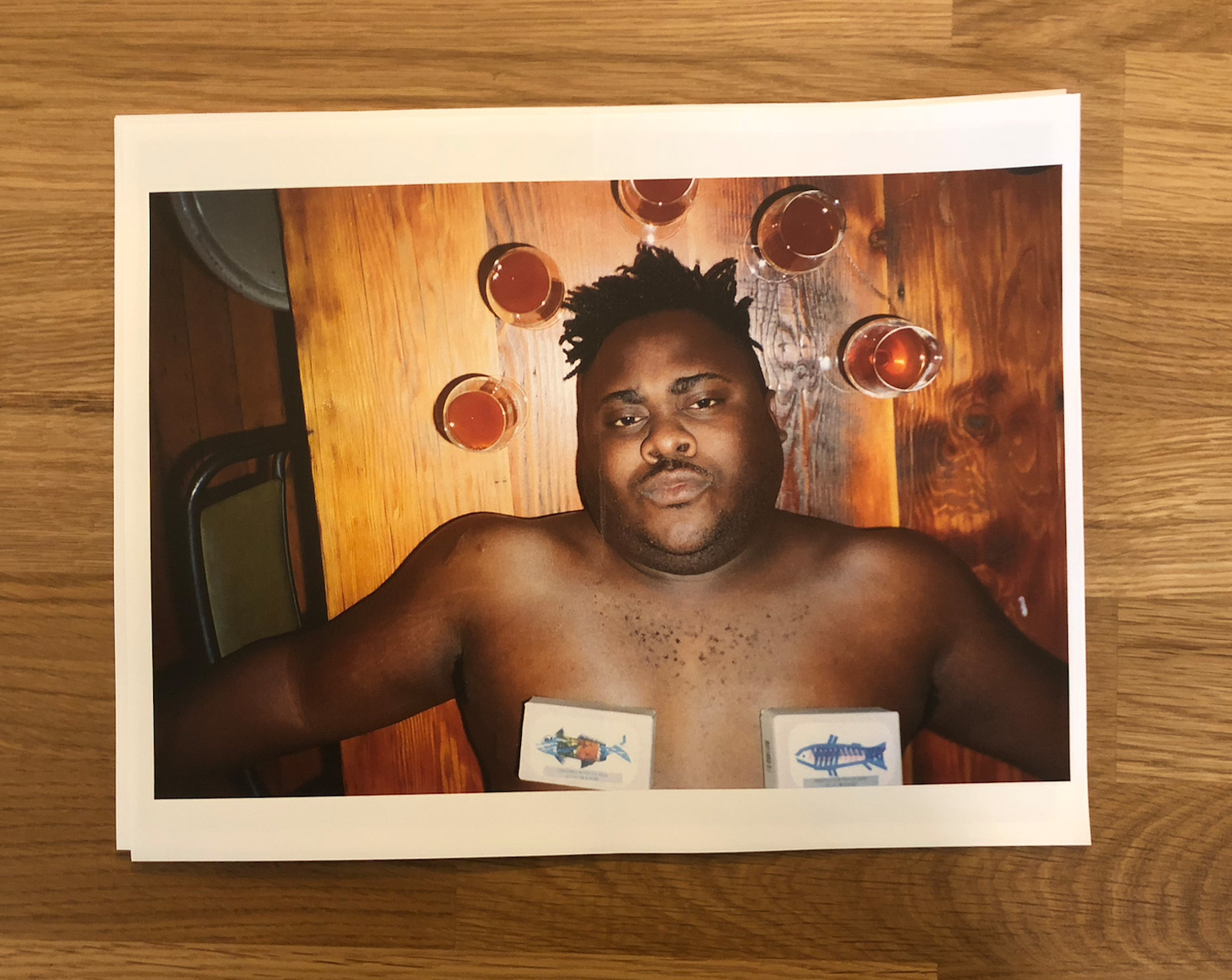
What inspired the full-color “centerfold” photos? Who shot these photos? Whom is the model?
Zines often have pull-outs, and I thought a centerfold would be a nice break in the zine to keep things from getting too serious. Wine is for drinking and living, it should stay fun or risk losing what makes it special. I take the pictures for the centerfold. The rest of the photos in the zine are shot by my partner and collaborator, who works in natural wine in multiple capacities but is also a great hobbyist photographer.
Nick Griffin is the muse, who, in an interview in the first issue, describes himself as “a server and a socialite.” He works at a restaurant down the street from Ordinaire. He’s a poster child for natural wine being something that envelops rather than excludes. He got into wine pretty recently, mostly through natural wine, and underwent a full conversion with curiosity and passion.
How long did it take you to produce this issue?
We’re putting the zine out quarterly, so we have a comfortable few months to work on each issue. But time goes quickly and we work quite a bit (with pleasure, in the natural wine field), so the actual time spent putting it together is not huge.
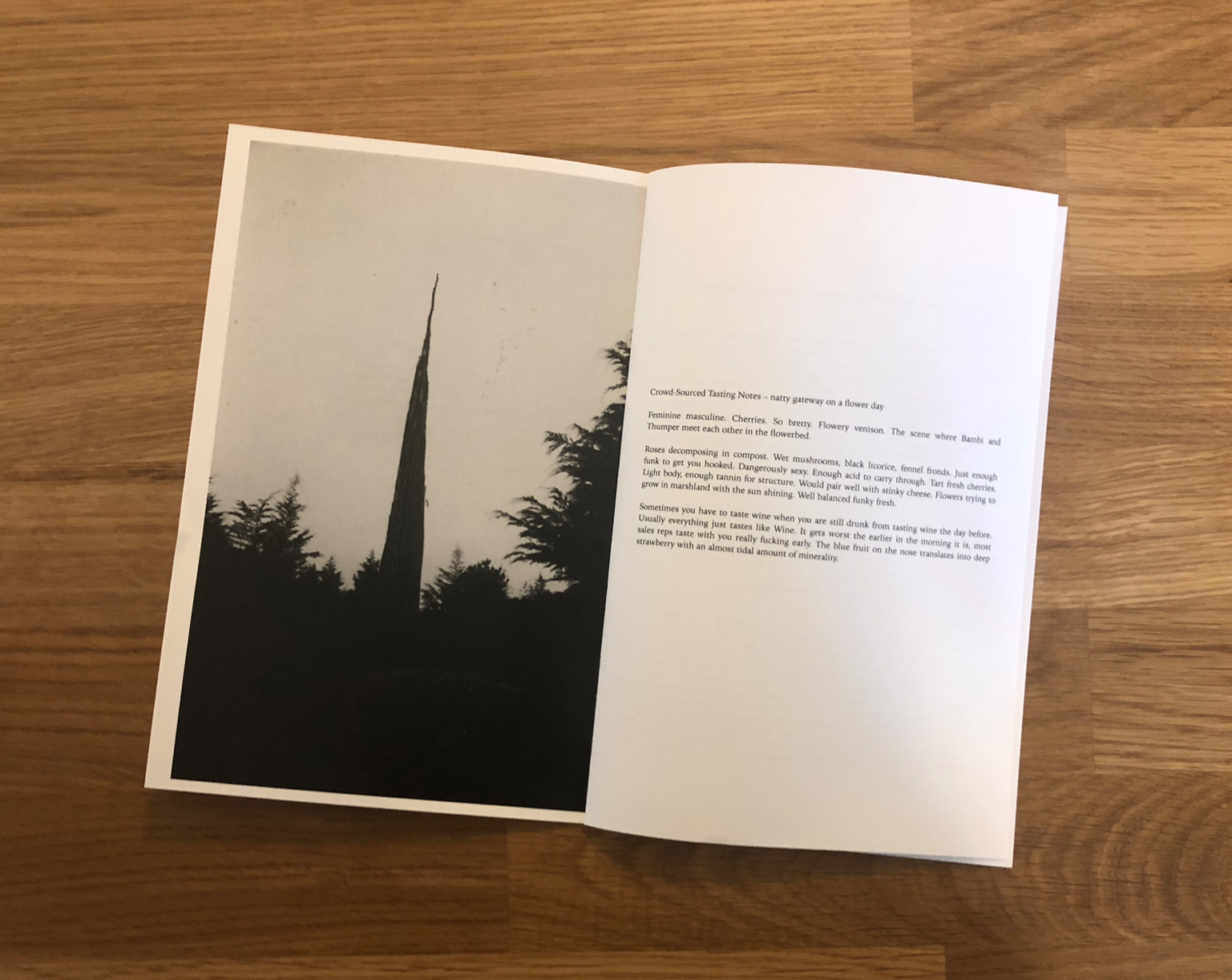
The zine’s most controversial passage (imho) is as follows:
— hear hear. My question is, do you think this narrative is changing? The search to declare flaws, the very notion of “flawed” wine to begin with. Does this essay stand against the prevailing tides, alone on an island? Or is depicting a sea change?
I think that this question can be answered on two levels: that of the experience of the average person drinking natural wines, who may be anywhere on the spectrum of exposure from complete neophyte to adept, and that of the relatively small and self-referential circle of wine professionals who concern themselves with the cultural significance of wine on a quotidian or macro scale.
In the case of the former, I think this essay stands in line with and expresses a cultural shift and sea change in the attitude towards wine. For the vast majority of people drinking natural wine, the very specific and narrow notion of “flaws” that we are referring to in this context never enters into their minds. In a sense, the narrative has already changed for most people, and they only usually find out about “flaws” later on (thus the tongue-in-cheek subtitle for the “Flaw Field Guide”: “How To Find Out Later You Weren’t Supposed To Have Enjoyed That Wine So Much”). There is a large enough expansion in the range of textures, colors, flavors, and so on that people experience in natural wines compared to conventional wine that it is like travelling to a new place they’ve never been, [and so] there is no need to single out certain things as “wrong”—it’s more “I really like this one, don’t care so much for that one,” but it’s all new and exciting. It quickly becomes a way of seeing the world through a wine glass. The analogy I think you could make with the natural wine drinker’s attitude is that of a multicultural society: if one is accustomed to living among many different creeds, colors, and lifestyles it is more difficult to become prejudiced, or to return back to being prejudiced if one was before this exposure.
In relation to professionals who concern themselves with this kind of thing, I feel that this article stands on more of an island. The notion of “flaws” is still very common and in many cases I think people still employ that mental construct without even realizing it, and calling attention to that was the main impetus for the author to write this piece. There still exists a spectrum of its use that extends from people outright decrying and protesting what they imagine to be the proliferation of flaws on the extreme end, to the more common and subtle “Well I love funky wines but some of these new wines people are selling really are flawed” kind of attitude, which I have often seen expressed without a hint of cognitive dissonance arising. Even among the most thoughtful in the wine community there is a faint underlying resistance to or difficulty in truly uncoupling from the objective good/bad/right/wrong model and switching to a more inclusive, dynamic, and emotional way of thinking about differences in wine style and human taste.
Why interview Kevin Clancy for your first issue? Who do you hope to interview in future issues?
In the first [issue] I interviewed Nick, the centerfold model, about being a Black person who is into natty wine. After I released it, my French colleague referred to Wine Shots as a “fan zine,” which inspired me for the second issue to find an interview from Tiger Beat magazine from 1998, called “12 Silly Questions for Usher.” Keven Clancy is a distributor who people I know refer to as “The Godfather” of natty wine in the Bay Area. He’s brilliant, exceedingly witty, speaks at least four languages fluently, and knows a shit ton about wine. So I think of him the way a teen may think of their idol.
In future issues I plan interview other people who are doing progressive things in the field – winemakers, importers, shop owners. People on the front.
Elsewhere in the issue it’s written:
“…For natural winemakers, validation is not guaranteed by land assets so much as by association with like-minded winemakers, cavistes, salon organizers, and regular drinkers. Put simply, natural wine maintains its vitality in and through the people and institutions that support it.”
— would you include things like the burgeoning natural wine press (of which Wine Shots is a member) on that list of institutions? Paradoxically would you also include Instagram?
Wine Shots is still in such small distribution that it has mostly reached people who are already “converted,” and though that fact creates the potential for a masturbatory result, it has actually started discussion and debate, which is cool. The natural wine press is clearly growing, and it’s great to see that we don’t all agree, which sets us apart from the points-oriented conventional wine press.
Natural wine representation on Instagram has proven to serve more of a masturbatory purpose. It can be a useful tool for keeping in touch with the natural community around the world and spreading some information but it has to used very carefully to have a positive effect. It seems that in practice it’s mostly bottle shots or the “look at me and the hyped wine I’m drinking” type thing, and people will come into the shop having seen a wine on the Internet, show us a picture of it, and if we have it they will buy only that wine, and if we don’t they’ll walk out without taking suggestions. That’s an issue because it quickly halts the potential for exploration and education, and also ignores the facts of allocation and supply.
Natural wine, by definition, cannot be mass-produced. It’s for sharing, not hoarding. I guess you could say the same about the institutions and community supporting natural wine, they grow organically with best results coming from human interaction and sharing on a human-sized scale, and things like Instagram, while not all bad, certainly have a whiff of the mass-produced.
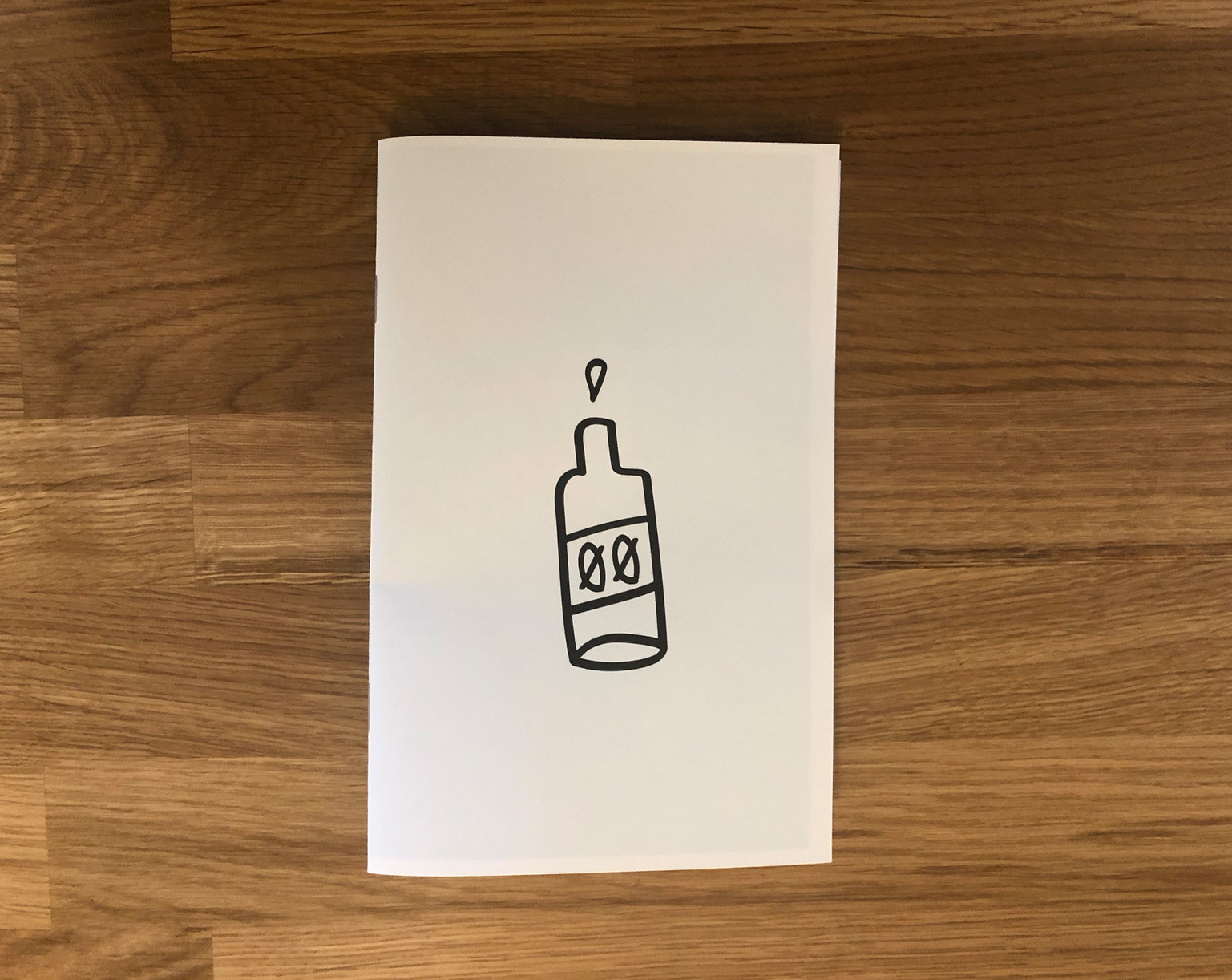
What’s coming for issue 3?
A couple weeks after releasing Volume I, it was telling to think about what parts of the zine we were least embarassed by. That informed the content of Volume II, so it follows for the third.
Where may readers online fine copies of Wine Shots? Do you ship international?
Online it’s available through Nu Swim, where Gina Esposito is carrying it alongside her super natty, made-in-the-USA swimsuits, with the intention of Wine Shots as a beach read, which is a dreamy idea. Ideally, Wine Shots is something that I would like to have mostly passed between hands, and it’s available at some of my favorite brick-and-mortar wine spots: Ordinaire and Ruby Wine in the Bay Area, Diversey Wine in Chicago, and Psychic Wines, soon to open in Los Angeles.
Thank you.
